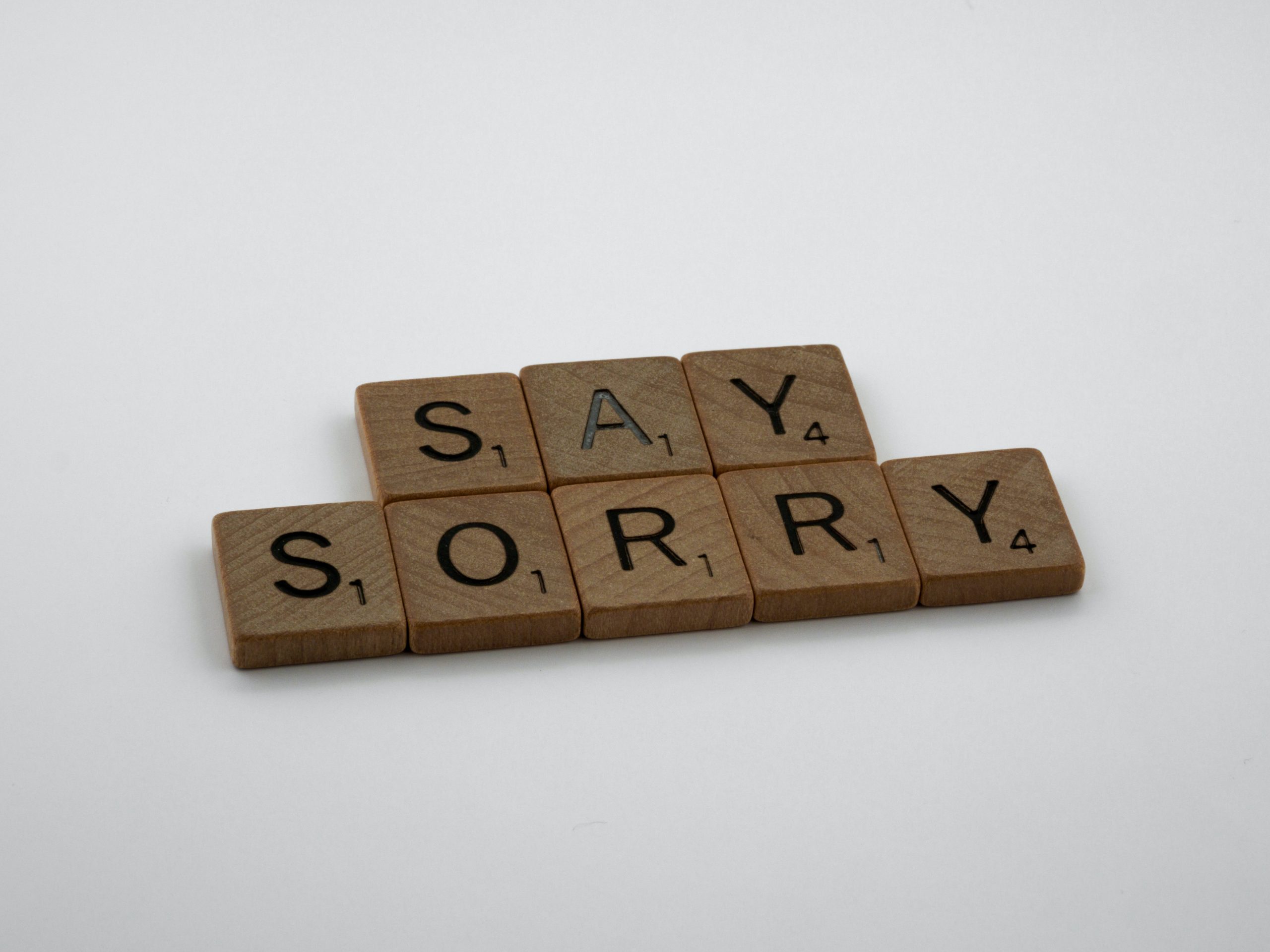Microaggressions
*** I like this section on Microaggressions. I am wondering if we should include a more diverse range of microaggressions (in the examples) addressing sexism, ageism, disability, etc? *** – CindyBeyond ethnocentrism, stereotypes, and biases, we often hear, say, and do things that may carry a negative or derogatory meaning and are therefore understood as microaggressions.
Through their research, psychologists Derald W. Sue and Lisa Spanierman (2020) developed a list of categories describing microaggressions that can help us understand how they appear in our interactions. As you read the summary below, think of other examples that may apply to each category.
- Alien in one’s own land: When people who look or are named differently from the dominant (White) culture are assumed to be foreign nationals. For example, after interviewing a candidate, someone says, “I didn’t think he was Canadian-born with a name like that.”
- Ascription of intelligence: Assigning intelligence to a person of colour based on their race. For example, when a Black clerk does a calculation in her head to answer a question and the customer (from a different race) says, “I didn’t think you could do all that math in your head.”
- Assumption of criminality: A person of colour is presumed to be dangerous, criminal, or deviant based on their race. For example, a store owner who keeps a close eye on the Métis couple that just walked in to do their shopping.
- Colour blindness: Making statements that indicate that a White person does not want to or need to acknowledge race and/or background. For example, a White patient telling his doctor, “You and I have a lot in common; you are not like other Latin people.”
- Denial of individual racism: A statement made when bias is denied. For example, when introducing an employee of colour to the rest of the office, the employer says, “You’ll be comfortable here, in this office none of us are racist.”
- Pathologizing cultural values or communication styles: The notion that values and communication styles of the dominant culture are ideal. For example, the school counsellor suggesting something is wrong with a Korean student because she avoids making eye contact.
- Second-class citizen: Assuming a profession, role, or identity for a person of colour or giving preferential treatment to White persons. For example, a receptionist failing to acknowledge or ignoring a person of colour until they approach the desk to ask a question.
The effect of microaggressions is real, and psychologists have compared them to “death by a thousand cuts” because these everyday slights indeed affect the victim’s mental health and create a toxic environment at school, work, and even within our personal circles. Another problem with microaggressions is that, if left unchecked, they can be normalized, and the types of offences and actions can become more severe.
Activity: Identifying Microaggressions
Use the descriptions for the categories of microaggressions listed above and then look at the examples listed below. Decide to which category each set of microaggressions belongs.
Activity: Identifying Microaggressions (Text version)
Categories of microaggressions:
- Alien in one’s own land
- Ascription of intelligence
- Assumption of criminality
- Colour blindness
- Denial of individual racism
- Pathologizing cultural values or communication styles
- Second class citizen
Classify the following set of microaggressions according to the above categories.
-
- “When I look at you, I don’t see colour.”
“There is only one race, the human race.”
“I don’t believe in race.”
Denying the experiences of others by questioning the credibility / validity of their stories - “Where are you from or where were you born?”
“You speak English very well.”
“What are you? You’re so interesting looking!”
Continuing to mispronounce a person’s name: Not willing to listen closely and learn the pronunciation of a non-English based name. - “You are a credit to your race.”
“Wow! How did you become so good in math?”
To an Asian person, “You must be good in math, can you help me with this problem?”
To a person of colour: “I would have never guessed you were a scientist.” - To Asian, Latin American, or Native American people: “Why are you so quiet? We want to know what you think. Be more verbal. Speak up more.”
Asking a Black person: “Why do you have to be so loud/animated? Just calm down.”
“Why are you always angry anytime race is brought up?”
Dismissing an individual who brings up race/culture in work/school setting. “You’re obsessed.” - Doctor, faculty member, or other professional of colour mistaken for a service worker.
Not wanting to sit by someone because of their colour.
Being ignored at a store counter as attention is given to the White customer.
Saying “You people…” in an attempt to devalue a group. - A White woman clutches her purse as a person of colour approaches.
A store owner following a customer of colour around the store.
Someone crosses to the other side of the street to avoid a person of colour.
Calling the police on a person of colour when they have not done anything wrong. - “I’m not racist. I have several Asian friends.”
“As a woman, I know what you go through being a racial minority.”
To a person of colour: “You were being followed in the store, are you sure? That doesn’t happen here.”
“You’re probably exaggerating; we are open to diversity here.”
- “When I look at you, I don’t see colour.”
Check your Answer in footnote[1]
Activity source: Advancing Intercultural Competence for Global Learners, CC BY-NC 4.0
Think about this
After completing the activity, go back and read the examples of microaggressions.
- Have you used any of these before?
- Can you recall a time when you witnessed a microaggression? What was the situation?
- How do you feel about these statements or actions now that you know more about microaggressions and their effect on people?
Dealing with Microaggressions
Consider this situation:
You are working on a class project with a group of peers. Everyone is from the same racial background and country except for you. After meeting together to pool all your work, one of your peers says, “Wow, you actually understood the concepts and got the work done. I’m impressed; I didn’t expect that.” The microaggression behind this interaction suggests your peer did not think of you as capable of doing the work or having a clear understanding of the ideas involved. How would you react? You have three options:
- Ignore what your peer said; it was just a comment, it’s okay.
- Act defensively and show you are annoyed by the comment.
- Ask your peer in a conversational manner, “What did you expect?”
- The first option does not lead to a good outcome because you ignore what was said and it is likely that this sort of behaviour may be normalized, and your peer may tease you about it. You will feel uncomfortable; perhaps you will even start doubting your abilities, as others do not seem to expect you to produce what is required.
- The second option does not have a positive outcome because it may lead to awkwardness in your interactions with the team and could even escalate the issue or affect how you work together. This may have further consequences affecting your individual performance and how you work with another group.
- The last option is the best because you make your peer think about what they have said, probably leading them to explain what they expected from you. Asking a question also allows you to normalize that being from a different racial/cultural background does not have anything to do with your preparation and abilities.
Activity: Responding to Microaggressions

Consider the following situations. Explain what is wrong with each one and describe what you would do or say in each case:
Situation 1
Your Japanese roommate, Keiko, invites a (White) friend over for dinner. During the conversation, the guest asks Keiko, “Can I borrow your kimono for Halloween?”
Situation 1 (Text version)
What is the problem with the question/Statement? Check your answer in footnote[2]

Situation 2
A French-Canadian woman is in front of you in line at a store. She is trying to pay, but the cashier has a hard time understanding what the woman is asking. After the transaction is complete and it’s your turn to pay, the cashier says to you, “They should get rid of their accent.”
Situation 2 (Text version)
What is the problem with the question/statement? Check your answer in footnote[3]
Activity source: Advancing Intercultural Competence for Global Learners, CC BY-NC 4.0
Strategies to Deal with Microaggressions
In the situations above, you witnessed some examples of microaggressions. What are some strategies you might use to deal with them? Review the suggestions below for ideas:
Try These Strategies
- It may be possible for you to intervene or respond to a microaggression provided this is done in a safe way, considering whether the person may become defensive or agitated.
- Think about how this might affect your relationship with the perpetrator: what could happen if you do not respond? Would that mean you accept that behaviour or statement? Will you regret having done nothing?
- Pay attention to the victim of the microaggression; perhaps they make a sarcastic comment or roll their eyes to show they did not like what was said. Maybe they do not do anything and seem visibly uncomfortable or upset.
- Decide when is the best moment to take action. Is it better right when it happened or would it be best to address it later?
- Approach the situation calmly: you do not need to be confrontational, nor should you try to be a “saviour” for the victim.
- Engage in a conversation where you ask questions such as, “What do you mean by…?”
- Remember to pay attention: listen to what the person says and continue the conversation with questions such as, “How do you think people feel when you say that?”
- You can also choose to be intentional: “When I hear your comment, I feel you are not really appreciating… I wonder if you realize how that looks from this perspective.”
What About If You Are the One Committing a Microaggression?
If you realize you have said or done something that could have made someone uncomfortable, or you unwillingly offended someone, make sure not to let it slide. Own up to it and recognize your misstep. Things may happen at a conscious or unconscious level, but you must take steps to understand what happened and apologize; this allows you to practice understanding, grow emotionally, develop empathy, and help you become more interculturally aware.
TakeAway Points
- Microaggressions can take the form of verbal, nonverbal, or behavioural actions that occur at the conscious or unconscious level. They are generally directed to people from non-dominant groups based on race, place of origin, cultural background, but can also be based on sex, sexual orientation, religious affiliation, physical ability, and so on.
- Microaggressions can have a severe impact on people who are on the receiving end. That is, microaggressions can affect how people feel about themselves. They could feel excluded, criticized, undervalued, foreign, or even not accepted or respected. These feelings can have a detrimental effect on mental health.
- There are strategies to deal with microaggressions, whether you are a victim, perpetrator, or witness. Whatever the case, the first thing to do is to take a step back, reflect on the situation, and then decide on the best way to act.
Try These Strategies
If you realize you committed a microaggression or someone else points it out, the first thing you may feel is shock, followed by defensiveness or perhaps superficial remorse. If you find yourself in this situation, these are five steps you can take to address it:
- Take a moment to reflect on where “that” came from. You may learn something about yourself and the influences around you.
- Try to understand if this was a slip of the tongue (something that came out wrong) or if there is a more serious problem you need to address (some feelings or ideas you did not realize you had).
- Acknowledge what you did and check your biases, stereotypes, or any unconscious prejudice you hold and work towards eliminating them.
- Avoid making excuses or being defensive. Focus on genuinely talking to the other person and listening to what they have to say without interrupting them. Show empathy, validate what the other person experienced and do not apologize excessively, as this may not appear genuine.
- Appreciate the opportunity you have to change attitudes. Do not think negatively of the person who pointed out your microaggression.
Attribution & References
Except where otherwise noted, this page is adapted from “Microaggressions” In Advancing Intercultural Competence for Global Learners by Christine McWebb, Sandra López-Rocha, & Dr. Elisabeth Arévalo-Guerrero, CC BY-NC 4.0
- 1. Colour blindness. 2. Alien in one's own land. 3. Ascription of intelligence. 4. Pathologizing cultural values or communication styles. 5. Second-class citizen. 6. Assumption of criminality. 7. Denial of individual racism ↵
- Assuming that a person’s traditional attire can be used at a party, for fun. ↵
- Criticizing a person because they have an accent when speaking English. ↵


